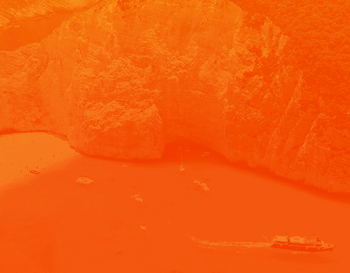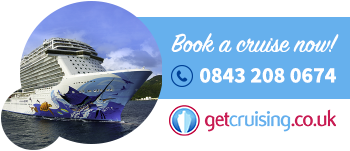Tour de France
France is the most visited country in the world and le tour is one of its biggest attractions, bringing in many thousands of tourists. The race also takes in a neighboring country or two. While the route changes every year one part, the end, never does. After running its spectacularly scenic course through France, the last section is always in the beautiful city of Paris. The race ends with a sprint to the finish line on the Champs-Élysées.
If you should be in France during the Tour and wish to encounter it at some stage here are some of the cities the race will pass through. This year the race starts on Saturday July 4th at Utrecht in the Netherlands. It then moves on to Zélande, Livarot, La Pierre-Saint-Martin, Muret, Sèvres – Grand Paris Seine Ouest. These are 6 new stage cities besides the many other regular, familiar stages.
Tour De France
The 2015 tour is the 102nd edition. Its route will wind through the Netherlands, Belgium, into France at Paris-Roubaix, Brittany, the Pyrenees and the Alps – a total of 3,360 kilometers of spectacular scenery. The race will have 21 stages made up of:
- 9flat stages
- 3hill stages
- 7mountain stages with 5 altitude finishes
- 1individual time-trial stage
- 1team time-trial stage
- 2rest days
- For the uninitiated we provide the meaning to some terms so you understand what is being discussed around you when the cyclists go whizzing past.
Yellow jersey (maillot jaune): Is worn by the rider with the least elapsed time each day or in other words, the leader.
Green jersey (maillot vert): The rider with the most sprint points.
Pink polka-dot jersey (maillot a pois) for the “King of the Mountains” (the first to the top).
White jersey: The white jersey is given to thebest young rider under 26 years of age with the least overall accumulated time.
Prix de la Combativite: For breaking from the peloton (the main group) and leading, rather than sitting back in another’s slipstream.
All jerseys can change hands through the course of the race based on daily points standings and times.
The Tour de France is an amazing and arduous sporting event that extracts the utmost out of the human body and spirit. It is not, however, a ‘first past the post’ winning result. It is a complex and subtle team sport involving careful and thorough pre-planning. Split-second tactics and overall strategies play a great part while individual riders’ strengths are aligned with those of others in the team to ensure the best possible outcomes. Though this is a very professional and commercial event, entry to the Tour is by invitation.
Around 200 cyclists compete as part of a team. Each team is allowed 9 cyclists.
All riders in a team are awarded the same time as the leading rider.
Team classification: The times of the team’s best three riders are added up. The team with the least overall time wear yellow numbers.
The cyclist with the least amount of accumulated time/hours is the overall winner and wearer of the yellow jersey.
Understanding key cycling terms will help you understand how it all works and keep you in the know as you watch the Tour de France.
Prologue: A short time trial at the beginning stage of the race.
Peloton: The main field of riders, working together by riding close to each other to conserve energy.
Autobus: A group of riders at the back of the peloton who ride together for support in mountain stages to try to cross the finish line before the time limit elapses.
Breakaway: A rider or small group of riders who race to the front of the peloton.
Chase: A rider or group of riders between the breakaway and the peloton trying to bridge the gap to the breakaway.
Feed zone: The place on the race course where riders are handed bags of food as they ride by.
Time trial: An individual ride where the winner is determined by the fastest time.
Tips for Spectators
Here’s the good news: you don’t need a ticket. This is a free sporting spectacle. Now the bad news: Free viewing means huge crowds.
As a spectator the competition is just as fierce as the one on wheels. Getting a good viewing position on the road is hard with thousands lining the route. People camp out overnight (some as much as a week before!) to get that all important vantage point. Roads are often closed well in advance so you have to get there early to secure a good spot. Oh! Be sure to book your accommodation well in time too.
So if you happen to be in France this July you will now understand what the two-wheeling fuss is all about. It is a three-week long sporting festival packed with excitement, gorgeous scenery and some extraordinary muscle-wrenching human effo
https://worldtravellike.blogspot.com/2020/03/your-guide-to-tour-de-france.html


